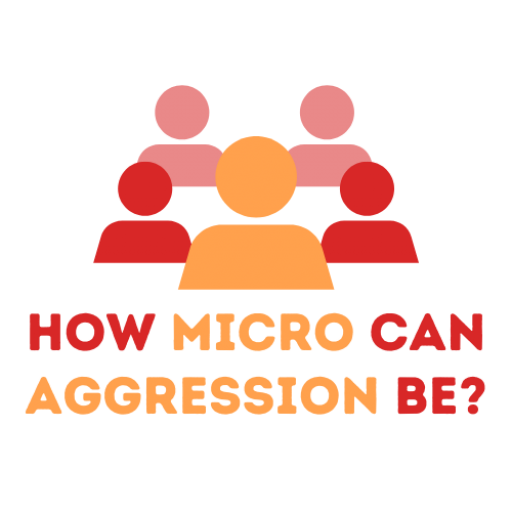Step 4: Theory
Disarm the Micro-aggression
The second strategy is more confrontive than naming the micro-aggression, because it challenges what the perpetrator did more directly. It is less about validating the negative experience for the target (which was the case with making the invisible visible), and more about disagreeing with the perpetrator and highlighting the harm of their actions. There are six ways to disarm the micro-aggression:
- express disagreement;
- state values and set limits;
- describe what is happening;
- use an exclamation;
- use non-verbal communication;
- interrupt and redirect.
Let us apply these six tactics to a specific situation. For example, when the perpetrator (a straight person) is a social worker who makes a remark to a colleague who is a bisexual man: “Being bisexual is just a phase.”
a.“I don’t agree with what you’ve said.”
b.“That’s not how I view it.”
a.“I appreciate everything that you are doing. As we have previously discussed, I really value respect and tolerance for each other. While you are entitled to your own opinions and beliefs, I ask that you remain respectful towards me/them by not making such hurtful comments. Can you do that?”
a.“Whenever we have a meeting, I end up feeling hurt because you say things that I find insulting and offensive. It is making me uncomfortable and increasingly more difficult for me to move forward like this.”
b.“Whenever I hear you say those things about others, I feel uncomfortable. Your views are not relevant in a workplace and do not foster kindness.”
It is an easy and common tactic that communicates when harmful is said or done. A loudly pronounced “Ouch!” or “Come on!” immediately tells the perpetrator and those witnessing the situation that something harmful has transpired, thus having to consider the impact, and meaning of the perpetrator’s actions.
a.“Ouch!”
b.“Ahh, come on!”
c.“That’s not ok!”
a.Shaking your head
b.Covering your mouth with your hand to display your shock and disagreement
a.“Whoa, let’s not go there. Let’s talk about something else. What about [different topic]?”
b.“I am not interested in this conversation. Let’s move on.”
a.“That behavior is against our code of conduct and could really get you in trouble.”
